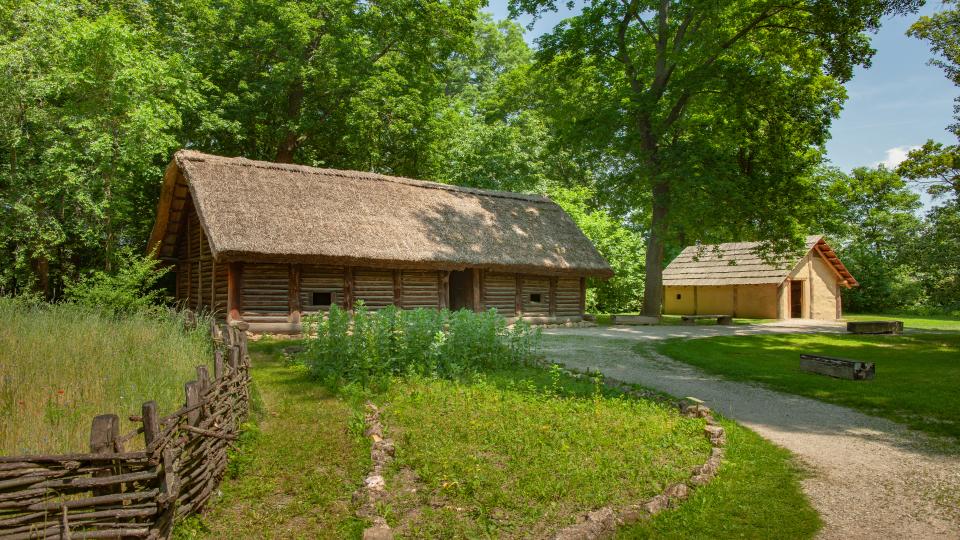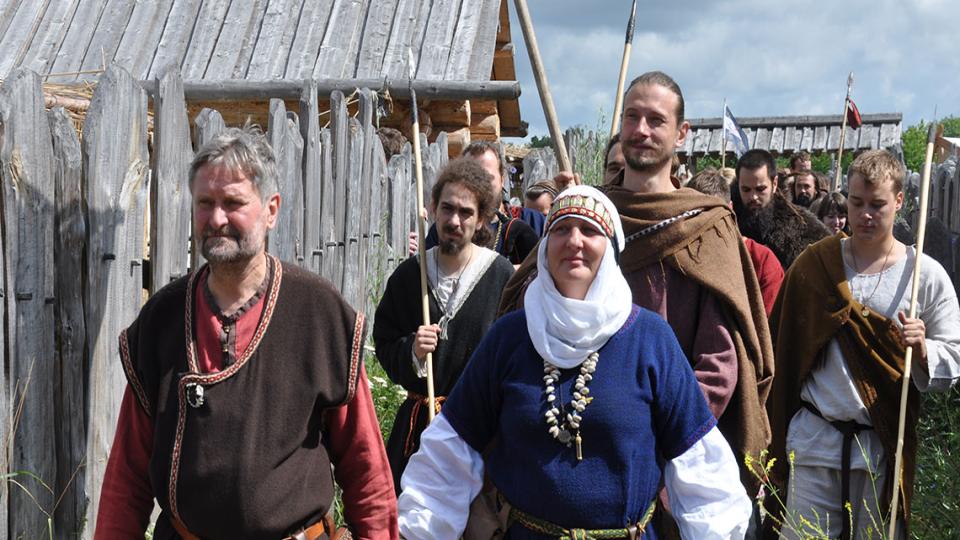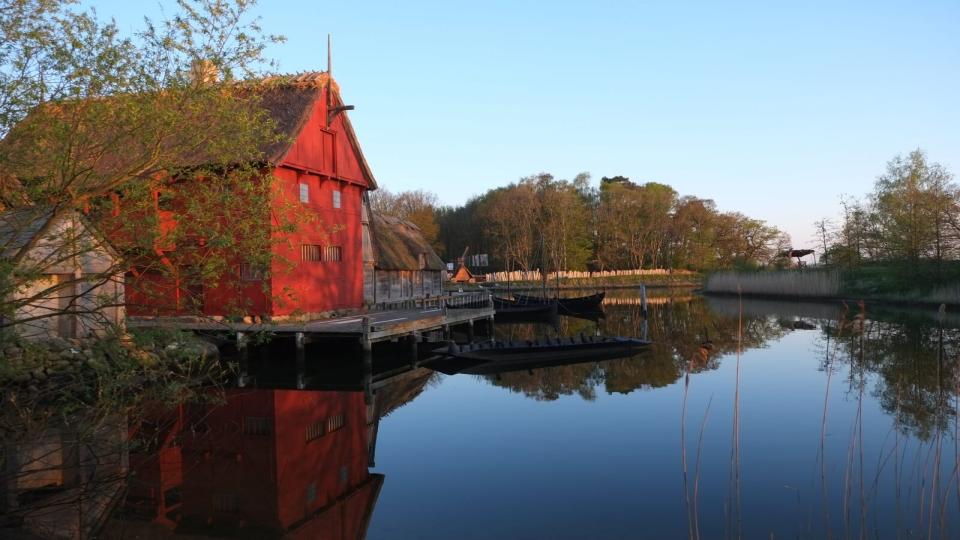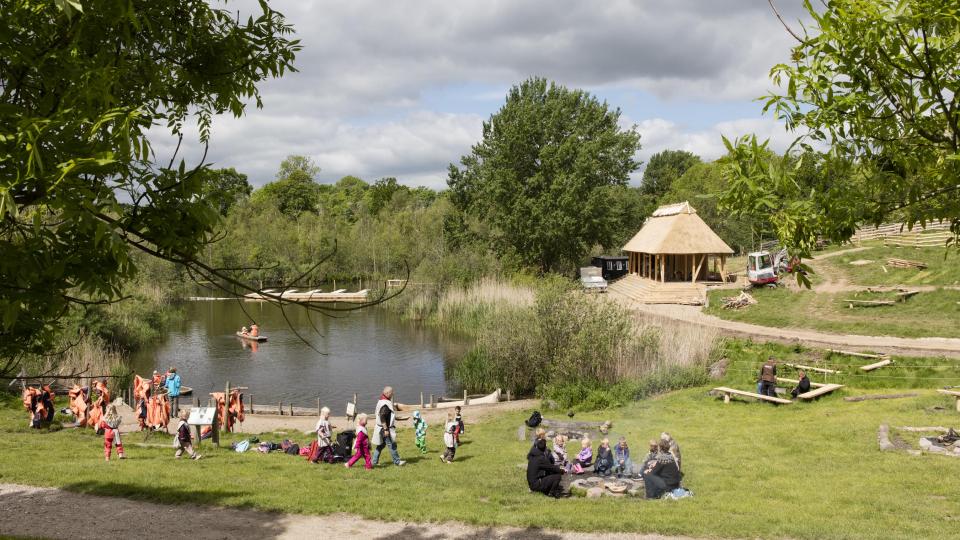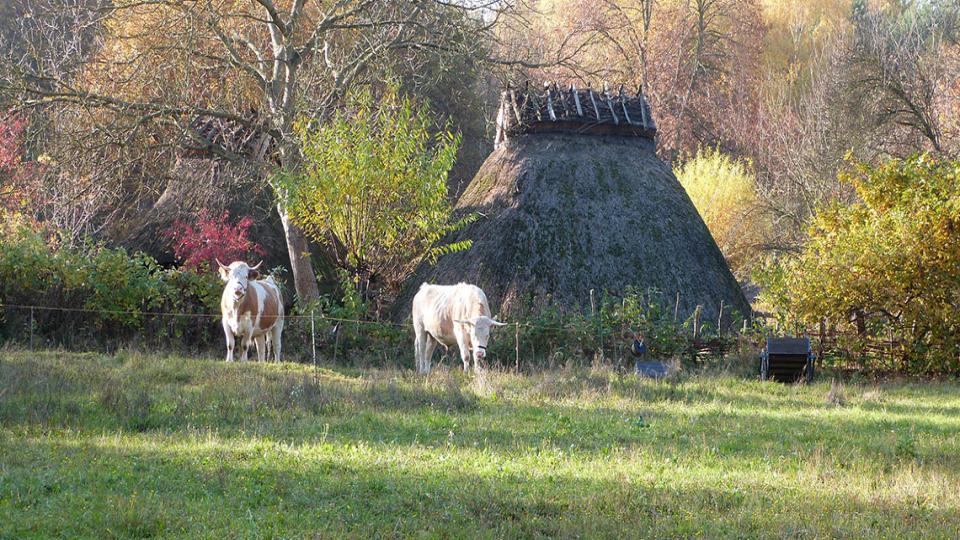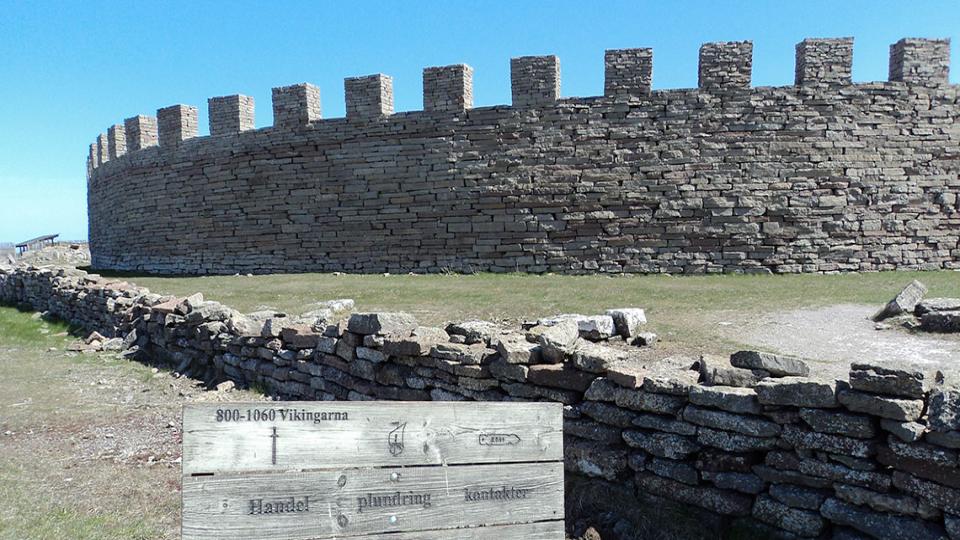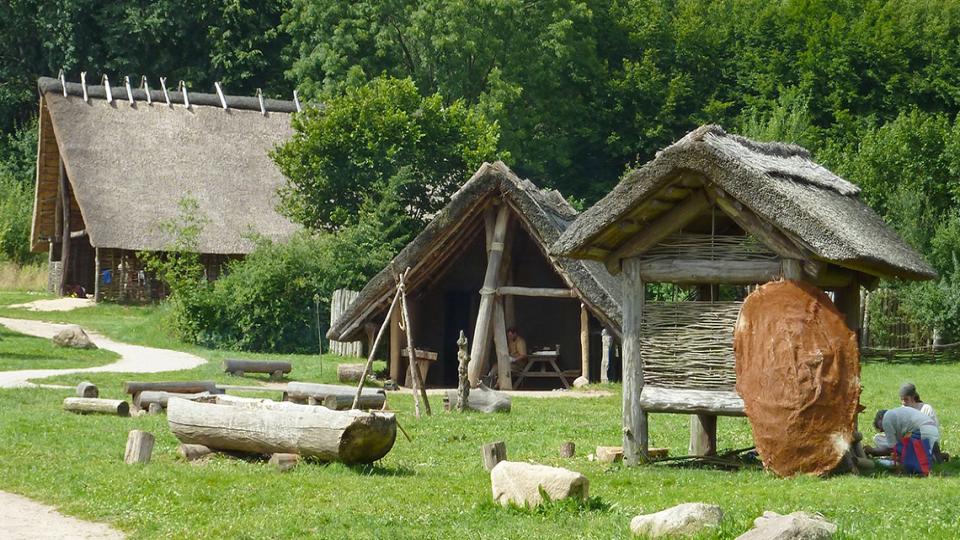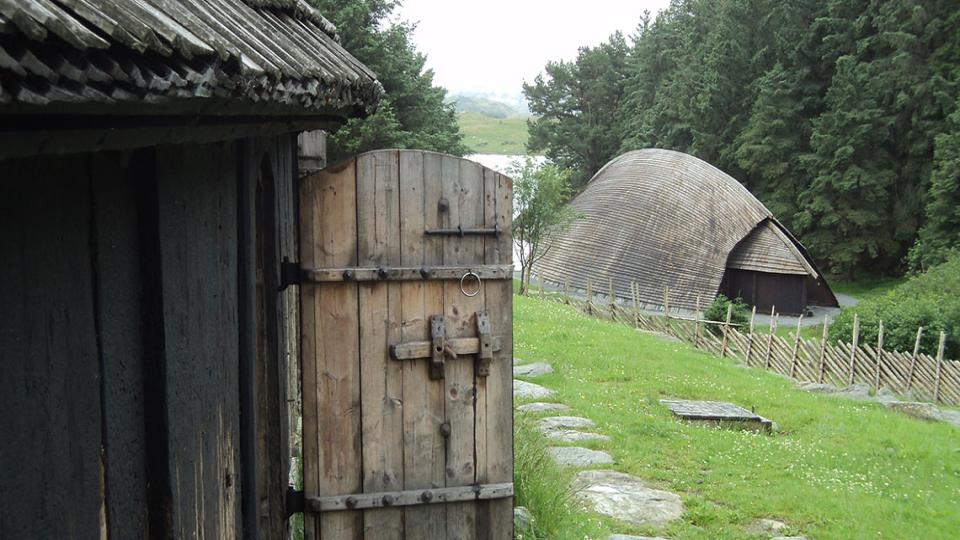25,000-75,000
MAMUZ Schloss Asparn/Zaya (AT)
Lower Austria (Niederösterreich) is located in the northeast of the country, bordering both the Czech Republic and Slovakia. It has over 1.5 million inhabitants. Vienna, the capital of Austria, is a separate state and located in the middle of Lower Austria. The state is very rich in archaeological finds, both of local and foreign production.
State Cultural Reserve of Kernave (LT)
Kernavė (Širvintos district, Lithuania) is an area of unique archaeological and historical value. In 2004 Kernavė Archaeological Site (the State Cultural Reserve of Kernavė) was declared as UNESCO World Heritage Site, thus recognizing the importance of the area according to the criteria:
- the archaeological site of Kernavė presents an exceptional testimony to the evolution of human settlements in the Baltic region over the period of some ten millennia. The property has exceptional evidence of pantheistic and Christian funeral traditions;
- the settlement patterns and the impressive hill-forts represent outstanding examples of the development of such types of structures and the history of their use in the pre-Christian era.
Middelaldercentret (DK)
The village Nykøbing, south of Copenhagen, celebrated its 700th anniversary in 1989. At the sea passage between the islands Lolland and Falster, just outside the city, a medieval trebuchet was constructed. This was a great success – the local museum must have been very happy with 15,000 visitors in just 3 weeks time. Two years later, another similar event also attracted many tourists – a good sign that an archaeological open-air museum would be on its place here.
Sagnlandet Lejre (DK)
Lejre Land of Legends near Roskilde, is the oldest open air museum in Denmark and over has for decades been am example to many. The extensive site was in the 1960s scene for an experimental archaeology village, later followed by an experiment in ethnographic education and now famous for its Iron Age scenery as well as Mesolithic, Viking Age and post medieval area.
Museumsdorf Düppel - Stiftung Stadtmuseum Berlin (DE)
During the 12th century AD Slavic tribes as well as incoming western settlers occupied the area of the modern city of Berlin. Towards the end of the 12th century, a small village was established some 20 km to the south-west of the early villages of Berlin and Cölln on the River Spree.
Eketorps Borg (SE)
The island Öland is situated 400 kilometres south of Stockholm, between the Swedish mainland and Gotland. It is 137 kilometres long, and maximum 16 wide. Its favourable position in the Baltic Sea has lead to active occupation – it is rich in archaeological artefacts. Spread across the island, there are 17 so called ring forts dating to the pre medieval period.
Steinzeitpark Dithmarschen (DE)
The “Stone Age Park Dithmarschen” in Albersdorf (Schleswig-Holstein, Germany) is being reconstructed as a Neolithic cultural landscape from ca. 3.000 BC. Lying close to megalithic tombs and grave mounds dating from the first farmers in Northern Germany, the site offers educational activities like flint knapping, archery and leatherwork.
Prehistorisch Dorp (NL)
The preHistorisch Dorp in Eindhoven is the replica of a prehistoric village, complete with dwellings and demonstrations of skills used by historic people. The open-air museum recreates life from this and later eras, including Roman and early medieval. Find out how the Romans lived, meet militant Batavians, visit farmers from the Iron Age and go on a hunt in the prehistoric times.
Avaldsnes Norges eldste kongesete (NO)
Avaldsnes is called the Norway’s oldest royal seat because King Harald Fairhair made this place his royal residence after he had unified Norway ca. 870 AD. Avaldsnes continued to be a royal residence for almost 500 years.

